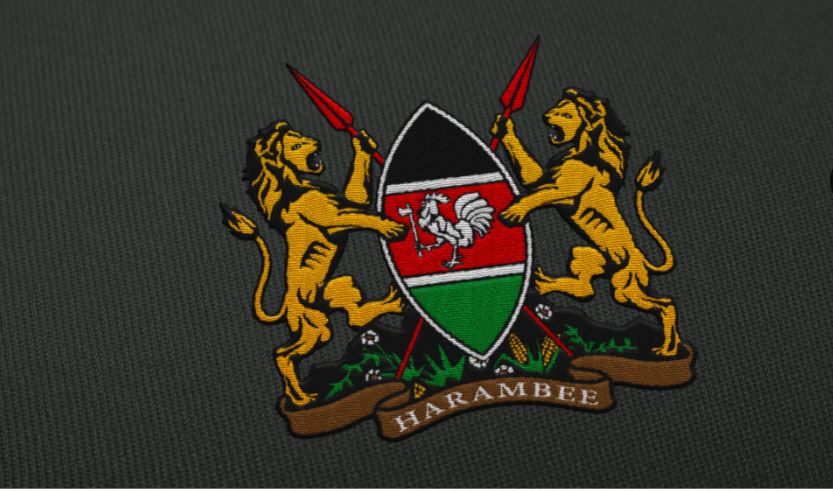Government priorities for Energy, Infrastructure and ICT

In Kenya’s national finance cycle, the Energy, Infrastructure and ICT Sector (EII) comprises nine sub-sectors namely:
- Energy and Petroleum;
- Infrastructure;
- Transport;
- Shipping and Maritime;
- Housing and Urban Development;
- Public Works;
- Information Communication and Technology;
- Broadcasting and Telecommunications.
The Sector aims at providing efficient, affordable and reliable infrastructure that is critical for the socio-economic transformation underscored in the Third Medium Term Plan (MTP III) 2018-2022 of the Kenya Vision 2030 as well as catalyzing the realization of the “Big Four Agenda”.
Planned Focus
The Sector plays a significant role, as a driver and an enabler of the “Big Four Agenda”. The housing Sub Sector targets 500,000 affordable houses in line with the Big Four Agenda while the rest of the sub sectors will provide the requisite infrastructure which will support the realization of the “Big Four Agenda” and the growth of the other sectors of the economy.
In support of the implementation of Kenya’s Medium-Term Plan, the sector will focus on:
- strengthening institutional framework;
- enhancing quality service delivery; and
- improving the quality of infrastructure while protecting the environment as a national asset.
The Sector will continue to partner with the private sector through PPPs and other stakeholders to fast-track the implementation of planned projects. In the long run, the sector will provide sustainable infrastructure facilities to support the reduction of the cost of doing business, increasing investments and competitiveness.
Key Achievements in the Last Financial Year
The key achievements the sector realized during the preceding period include:
- Generation of 87.7MW, 310MW and 50MW of power from Geothermal, Wind and Solar;
- Construction of 1,832.5Km of transmission line and 12 new high voltage substations and 8,283.7Km of medium voltage distribution lines and 46 distribution substations;
- construction of the Standard Gauge Railway (SGR) line, second container terminal, Development of Lamu Port,
- Construction, Rehabilitation and Maintenance of 3,861Kms, 457Kms and 99,873Kms roads,
- 52 MDAs connected to the unified Government Communication Systems,
- Rollout of infrastructure to support IFMIS in Counties,
- 78 new MDA’s connected to GCCN Digital literacy programme, BPO/IT enabled services, Universal access to information, Digital broadcasting Infrastructure,
- Transformation of KIMC into a center of excellence in mass media training;
- Completed 439metres of seawall in Lamu County,
- Completed 4 ESP District Headquarters and put to use by Government Ministries, Department & Agencies, Completed 6 stalled Government building projects, i.e. Kericho Ardhi House, Kibish Police Station & GSU Base Camp;
- Construction of 1370 affordable housing units in Park Road;
- 250 housing units for Civil Servants completed in Kisumu;
- constructed 102.4 Km of Non-Motorized Transport (NMT);
- completed Narok stadium; installed 618 high mast floodlights10 Exploration and Appraisal Wells Drilled, 825 number of staff trained under KEPTAP,
- 19,408 Metric tonnes of gas and oil distributed, among others.
Most of these projects are on-going and will be given priority in the 2020/21 – 2022/23 MTEF period.
Top Agenda Programs
In the 2020/21-2022/23 MTEF period, the sector will implement the following programmes: construction of 65051 housing units;
- construction of Bus Rapid Transport (BRT) infrastructure such as 48 BRT stations;
- park and ride facilities, 4 depots and 60 km BRT lanes;
- 13 flagship markets; universal access of electricity by year 2022;
- construct 2946 km of transmission lines and 21 substations;
- promote clean cooking solutions; construction of 6000 km of roads; construction of missing link roads to identified industrial parks, health centers and housing units;
- completion of the first berth of Lamu port; Naivasha Special Economic Zones in support of the Big Four;
- provision of connectivity of the Big Four projects; provision of digital services to schools under DLP, etc.
These programmes have been allocated a total of Kes. 435,942.55 Million, and Kes. 442,285.8 Million in financial years 2021/22 and 2022/23 respectively.

